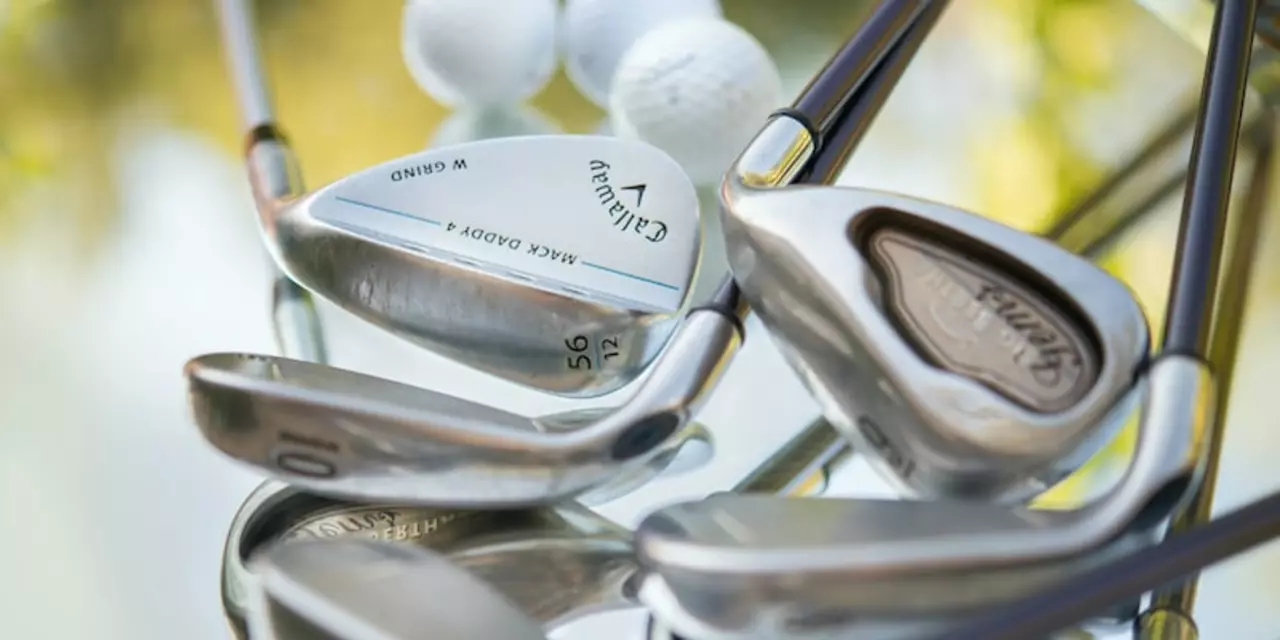If you’ve ever wondered whether your driver is past its prime or if you should upgrade your irons, you’re not alone. Golf clubs are a major investment, and getting the most out of them means knowing when they need replacing, which ones fit your swing, and how to look after them day after day.
Most manufacturers say a set will serve you for three to five years, but the truth depends on three things: how often you play, the quality of the clubs, and how well you care for them. A casual weekend player who hits the course once a week can easily stretch a set to seven or eight years, especially if the clubs are high‑end. Competitive players who swing daily will see more wear—grip tears, shaft fatigue, and groove erosion—so they often replace clubs every two to three years.
Look for tell‑tale signs: a driver that’s lost distance, irons that feel “soft” at impact, or a wedge with worn‑down grooves. Those clues usually mean the club’s performance is slipping, even if the visual condition looks fine.
Picking clubs isn’t about buying the most expensive set; it’s about matching the equipment to your swing speed, skill level, and the courses you play. beginners benefit from forgiving cavity‑back irons that help keep the ball on target. Mid‑handicappers often gravitate toward a mix of game‑improvement irons and a driver with a lower loft for added distance. Low‑handicappers and tour‑pros usually go for players’ irons with a compact head, because they can shape shots with precision.
Ask yourself these quick questions before you buy:
Answering them helps narrow down the shaft flex, clubhead size, and loft options that will feel natural. Most pro shops will let you try a few models on a launch monitor – take advantage of that data.
Once you have a set, the real work starts: keeping the clubs in good shape. Simple habits go a long way.
Grip care. Replace grips every 12‑18 months or when they feel slick. Clean them with warm, soapy water and let them dry fully before re‑gripping.
Cleaning. Rinse clubs after each round with a bucket of lukewarm water and a soft brush. Avoid harsh chemicals that can damage the finish or weaken the shaft epoxy.
Storage. Store clubs in a dry place, ideally in a stand that keeps the heads off the ground. Extreme heat or humidity can warp shafts and corrode metal.
Finally, schedule a professional club fitting every few years. Even a small swing change can make a different shaft or lie angle more effective, extending the life of your current set.
Bottom line: Golf clubs last as long as you let them. By watching for performance drops, choosing the right mix for your skill, and giving them basic TLC, you’ll get the most yardage and feel out of every swing.

Founders golf clubs are a relatively new brand, but they have quickly become a popular choice among golfers. They offer a variety of club types, including drivers, irons, and putters, and are known for their precise craftsmanship and high-quality components. Compared to other brands, Founders clubs provide exceptional value for the price. They have a slightly heavier feel that some golfers prefer, and they tend to offer more feedback and control when striking the ball. Overall, Founders clubs are a great option for golfers of all skill levels.